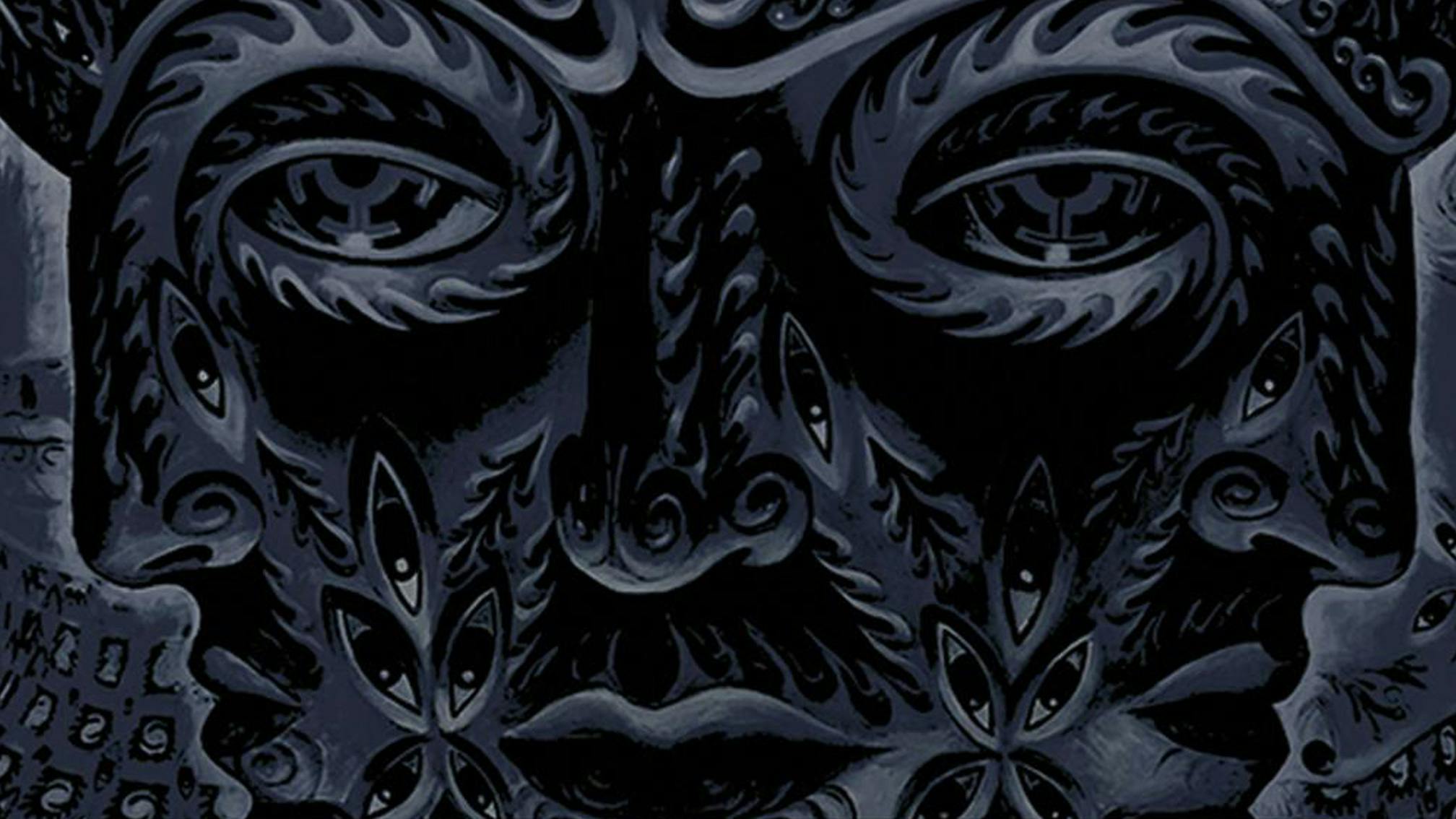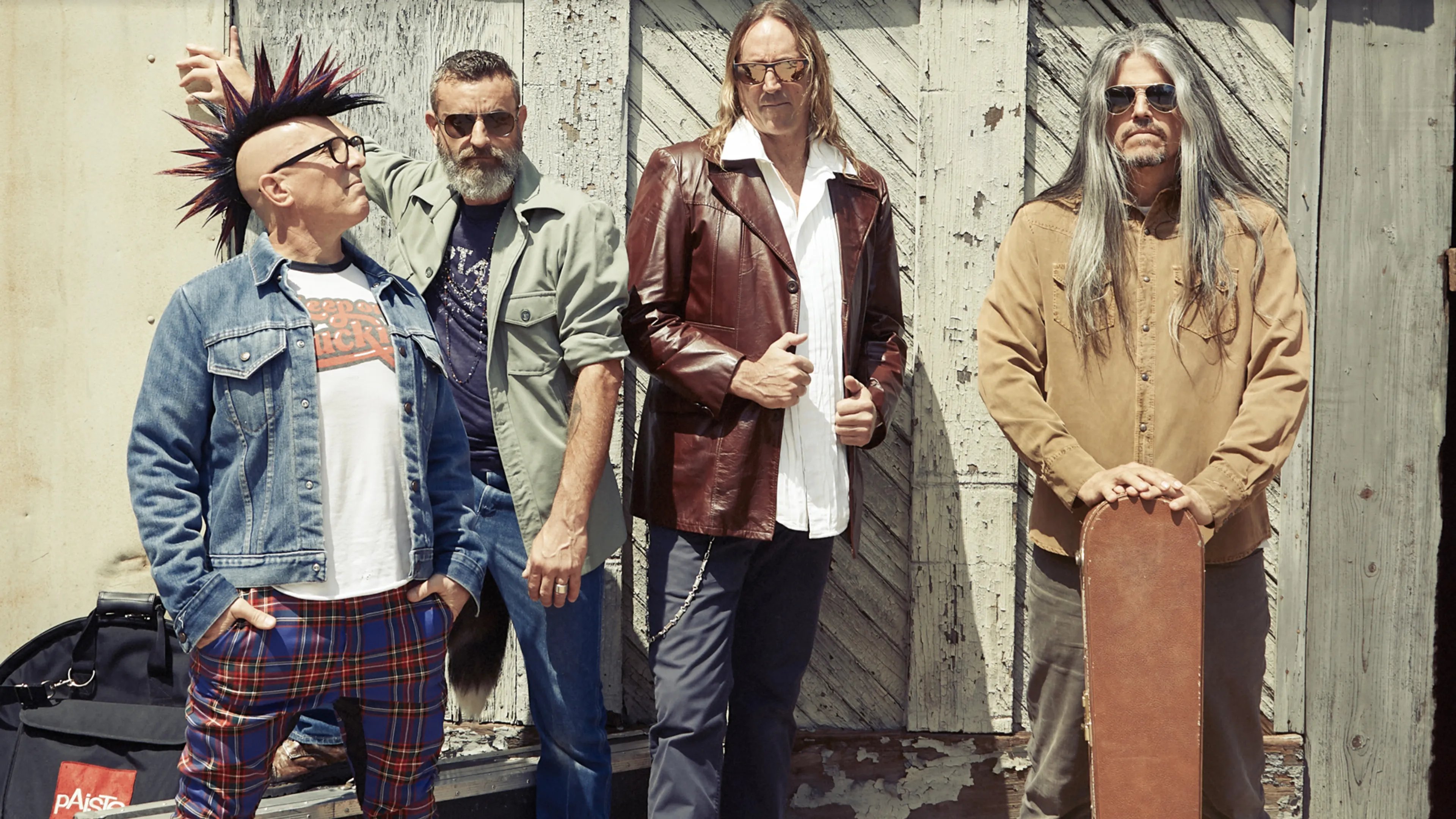Still, when it comes to the real artistic breakthrough, you have to turn to 10,000 Days’ elegiac, dual-headed odyssey Wings For Marie (Pt 1) and 10,000 Days (Wings Pt 2). Tool had recorded songs with a shared connective tissue before (Lateralus’ Parabol and Parabola), and extremely long songs (Ænima’s Third Eye clocking in at 13 minutes, 51 seconds), too. Yet there was nothing quite as adventurous as 10,000 Days’ 17 minute, 25 second centrepiece.
At the time of its release, Tool largely remained reticent during the album campaign, but it is widely recognised that the album’s title was a reference to both Saturn’s orbital period, which is approximately 27 years, and Maynard James Keenan’s mother, Judith Marie. More specifically, it represented the time that passed between her suffering a debilitating stroke and her death.
Between Maynard writing about his mother on A Perfect Circle’s Judith and the words of Wings Pt 1 and Pt 2 openly referring to her by name, this much was certainly not lost on fans. If anything, however, the passage of time has only sharpened our understanding of Wings Pt 1 and Pt 2 and brought more weight to them.
Maynard opened up about his mother’s sickness in the 2010 documentary Blood Into Wine, and how his Caduceus Cellars’ first wine was named Nagual Del Judith in her honour. Likewise, Maynard’s excellent 2016 book A Perfect Union Of Contrary Things (co-authored by Sarah Jensen) addressed his mother’s 27-year illness that, ultimately, meant she could no longer breathe on her own.
In the aftermath of her death, Sarah wrote how Maynard contemplated the “Ohio parishioners who’d convinced his mother that her paralysis had been God’s punishment for her sins – members of the church she’d attended four times a week for as long as she’d been able… His mother who’d testified of God’s grace in seeing her through her long illness and for teaching her the meaning of faith.”






